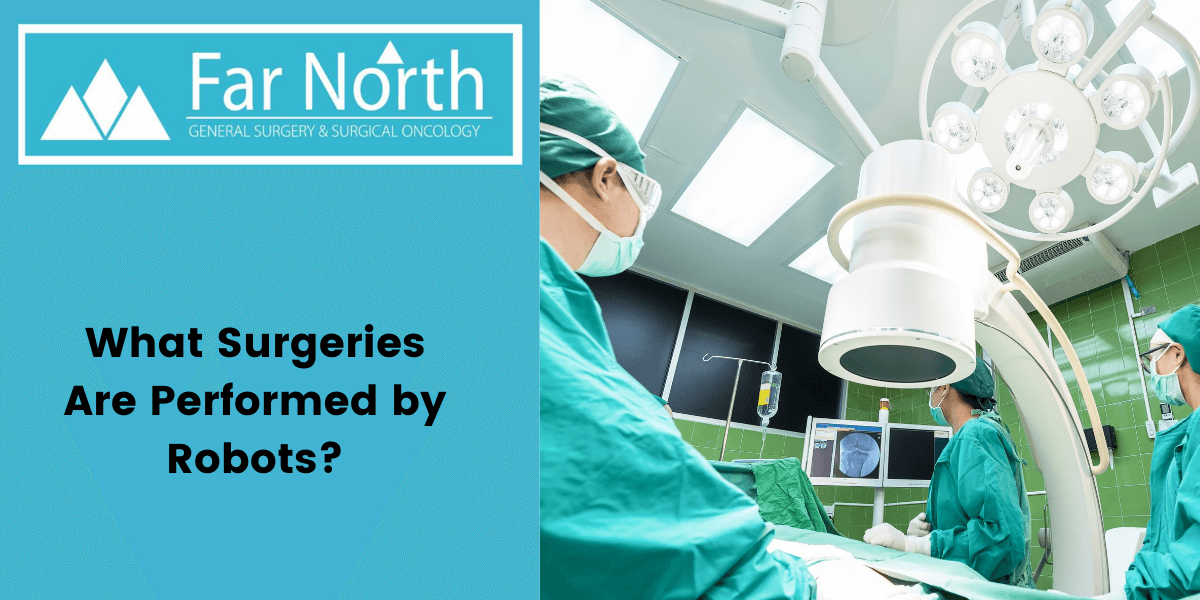


Doctors can perform complex procedures with greater precision, flexibility, and control using robot-assisted surgery, similar to robotic surgeries. "Robotic surgery" usually refers to minimally invasive surgery performed with tiny incisions. It can also refer to open surgery in some instances.
Generally, clinical robotic surgery involves a camera arm and mechanical arms attached with surgical instruments. The surgeon sits at a computer console adjacent to the operating table and controls the arms during the operation. A magnified, high-definition 3-D view of the surgical site is provided to the surgeon by the console. Assisting teammates see the surgical site through the magnifier.
Compared to traditional techniques, robotic-assisted surgery improves precision agility and ensures a better view of the surgical site for most common robotic surgery procedures. It assists the surgeons in performing minimally invasive procedures. With robotic surgeries, surgeons can perform complex and otherwise impossible or difficult procedures.
See Also: How Is Minimally Invasive Surgery Performed?
The minimally invasive surgeries performed at the surgery center of Anchorage provides the following benefits:
Laparoscopic surgery and robotic surgery are similar. Laparoscopic surgery requires fewer cuts than open surgery. With this technique, the surgeon can make small, precise movements. By doing so, a surgeon can do a procedure previously only possible through an open incision with a small cut.
Since this type of surgery allows for small, precise movements, it has advantages over standard endoscopic techniques. Robotic arm-assisted laparoscopic surgery is easier to perform than endoscopic surgery. In addition, surgeons can see the area where the procedure is being performed more clearly. It is also more comfortable for the surgeon to use this method. Robotic surgery can be more time-consuming. One reason for this is that robots require more setup time. Also, not all hospitals had access to the technology previously, but now it has become common.
The most common robotic surgery procedures are:
Robotic surgery cannot always be used or be the best surgery method. There are as many risks associated with robotic surgery as open and laparoscopic surgery. Their nature, however, differs.
The risks for any anesthesia and surgery include:
See Also: How Collaborative Robots Are Assisting Surgeons
You cannot eat or drink anything before eight hours for the surgery. A laxative or enema may be necessary the day before surgery for certain procedures. Your doctor may advise you to take aspirin, blood thinners, and anti-inflammatory medications if needed, ten days before your procedure, as well as vitamins and supplements.
The patient is transferred to a recovery room once the procedure is completed. Surgery may require an overnight or a couple of days stay in the hospital, depending on the type of surgery performed.
You should be able to walk within a day after the procedure. How soon you are active will depend on the surgery. Avoid heavy lifting or straining until your doctor permits you to do so. Your doctor will usually tell you not to drive for at least a week. Surgical cuts are smaller than with traditional open surgery.
Therefore, the benefits include:
Not everyone or every case is a candidate for robotic surgery. Please consult your doctor at the surgery center about the advantages and risks of robotic surgery, as well as its comparisons with other minimally invasive procedures and conventional open surgery.